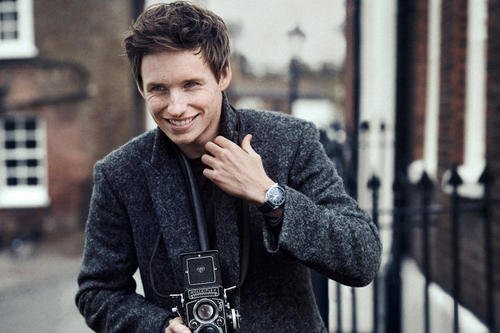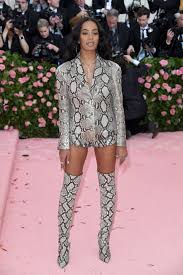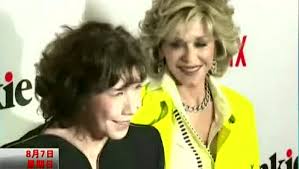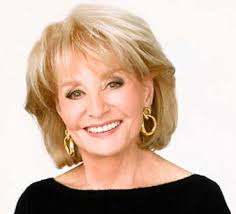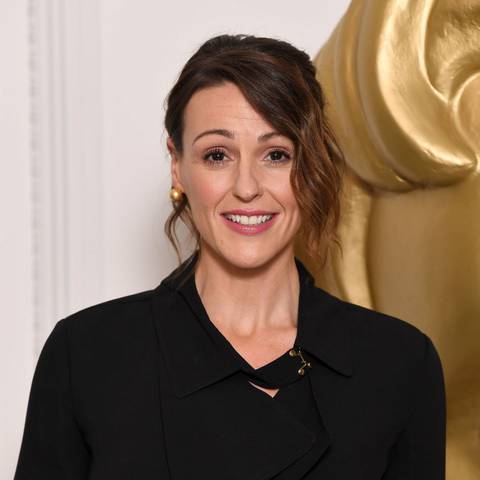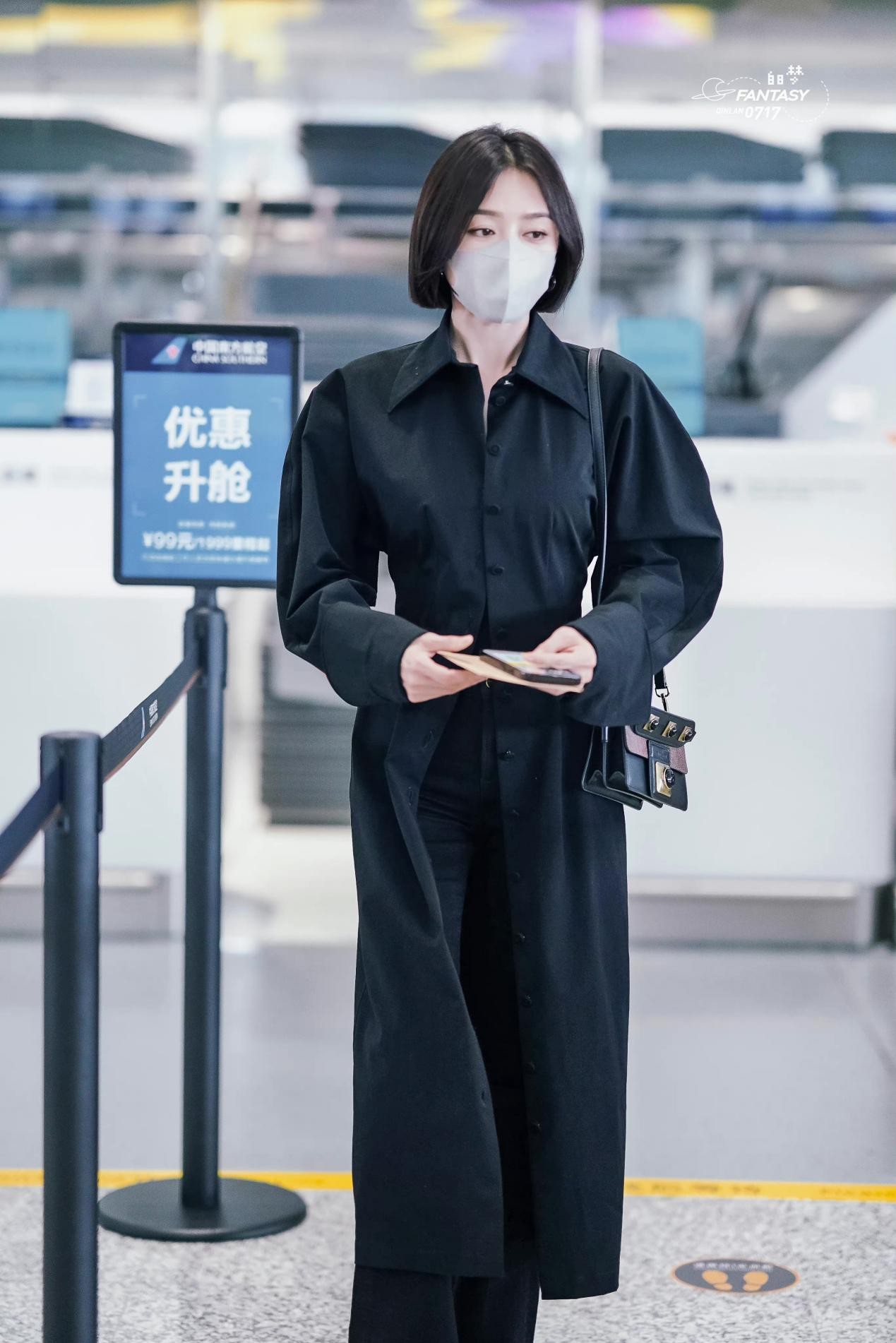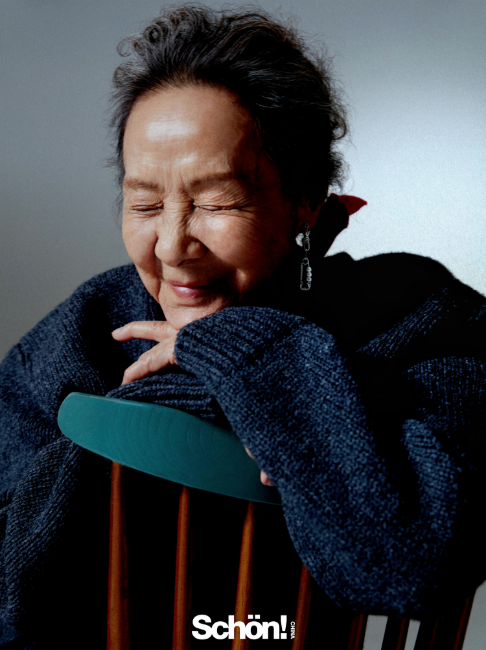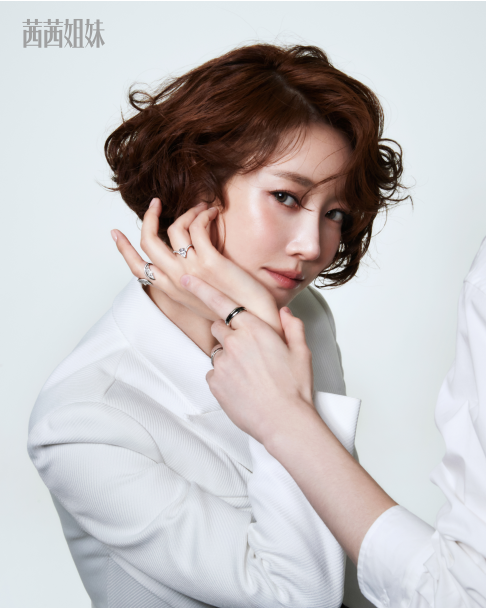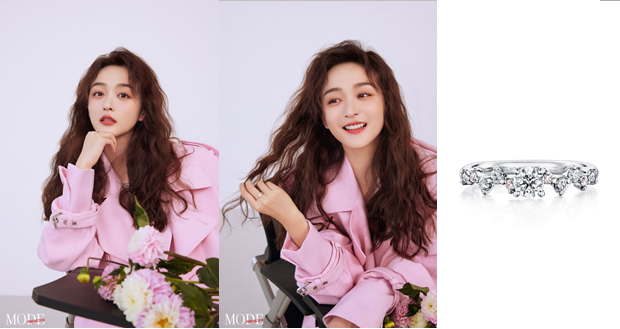The Last Post: the story behind the retro British military wives??? costumes
Anyone who has tuned into the first four episodes of BBC drama The Last Post will have observed a unique fashion culture - a group of British army wives accompanying their husbands outposted in the former British colony of Aden,who are being continuously influenced by their new climate, as well as what they think the developing trends are back home in London.
???The show is set in the Sixties, but a lot of the shapes you see are very Fifties;fit and flare with high necklines,??? explains costume designer Kate Carin of the set up.???They wouldn???t have seen the most progressive Sixties silhouettes that were emerging in London, plus, being army wives in that era, there would only be so much that was tolerated [from the officers].There were unspoken regulations for wives as to what was acceptable to wear.???
Carin had her work cut out when designing for the two main characters - bored housewife Alison Laithwaite, played by Jessica Raine, and fresh-off-the-plane Honor Martin, played by Jessie Buckley - as she needed to consider how they may beinfluenced by everything from the other wives, tothe weather, as well as the new materials they may have access to.
???Mrs Robinson is a reference that springs to mind for Alison,???Carin says.???She???s bored, she drinks like a fish, and she???s interested in fashion because she needs it - she???s got nothing else to entertain herself with.Everything she wearsis tightlyfitted and shaped all over in a very Fifties way, because those are the styles she remembers from home."
"With Honor, she???s just arrived with her husband in Aden when the series starts, and she???s wearing this tweedy suit and she???s uncomfortable, mumsy and hot.But then when she gets to know Alison, she begins to emulate her style and her shapes and colours change as she settles into the community."
As well as kitting out the army wives, Carin was also charged with recreating the uniforms worn by Royal Military Police officers at the time, as well as what the local men and women ofAden were wearing.This last part, she says, was particularly challenging.
???There were hardly any references available of women from Aden in that period, presumably because women in that culture were not as forward as they are now,??? she considers.???I was able to get in touch with some British ladies who had been out there with their husbands, though, and they told me about the different skirt shapes that they loved, as well as where they got their clothes.In those days women made their own stuff, or had pieces that their mum had made for them as they were young.The other option for new things was to buy fabric and take it to a market to get made up.???
The fact that the wives mostly wore bespoke clothing allowed for Carin to be even more creative than most costume design projects would allow, making almost everything we see on screen from scratch.
"I liked to think that Alison might have a dress that she???d brought with her from London, but then had three more made up in local fabrics when she got here," she says."We shot the series in South Africa, and I was able to have a lot of special fabrics madethere.For the locals, every fabric was sourced, dyed and then broken down to age it realistically."
Best period drama costumes ever"For Honor one of my favourite looks was a silk blouse that was hand block-printed - she wears that towards the end of the series.For Alison I loved the red dress that she wore on the posters.It"s funny, though, that was actually a bit of old fabric I had bought to make a chair out of!"
